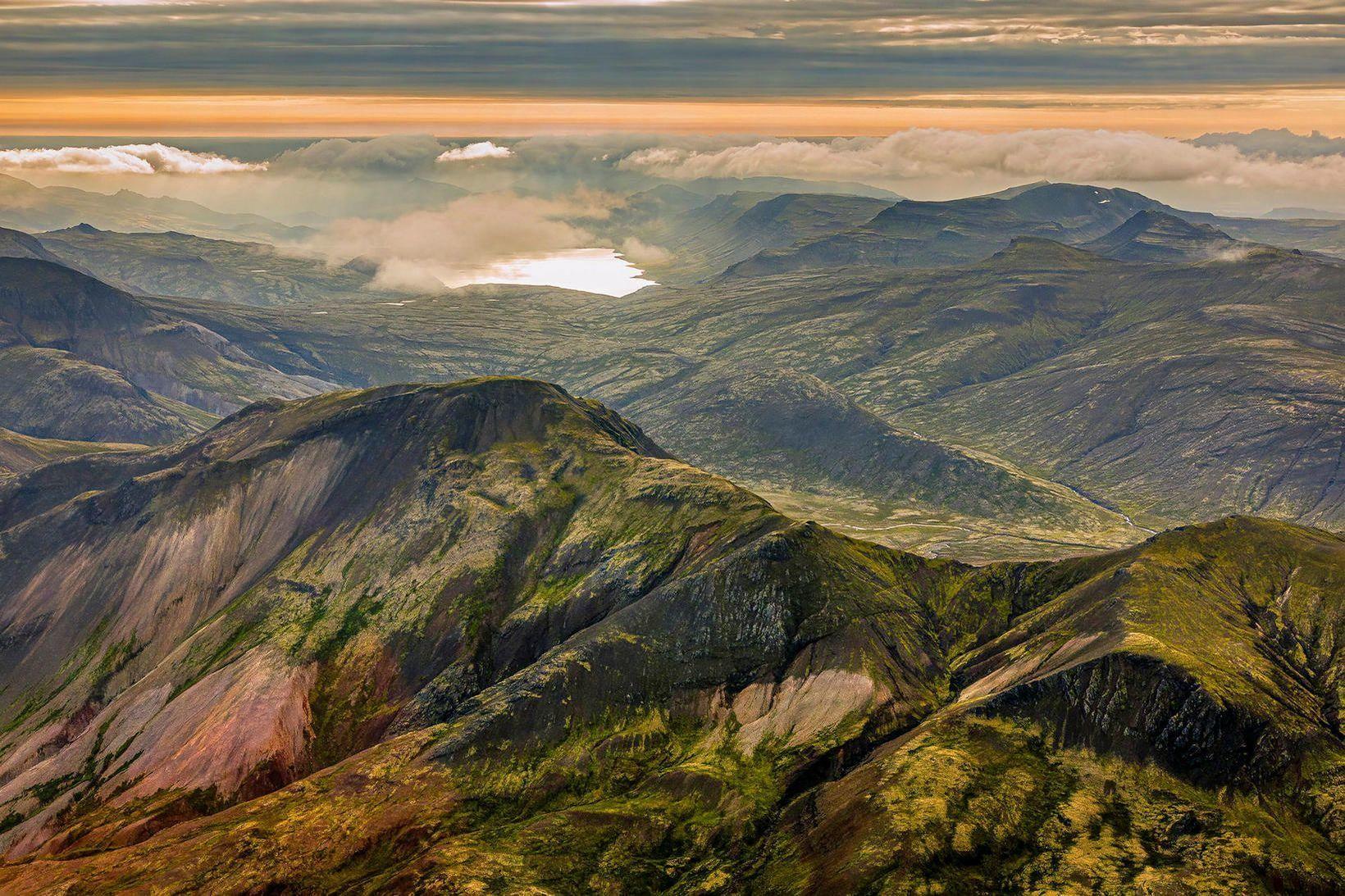Increased monitoring around the Ljósufjöll volcanic system
Benedikt Ófeigsson says that activity in the system is ongoing and that the earthquakes are, in fact, increasing in magnitude. mbl.is/Árni Sæberg
The Icelandic Meteorological Office has been steadily increasing monitoring around the Ljósufjöll volcanic system in West Iceland, where seismic activity has been on the rise in recent months.
Benedikt Gunnar Ófeigsson, deformation specialist at the Icelandic Meteorological Office, says that both GPS and seismic monitoring equipment are being added to the area, and that efforts to strengthen surveillance are expected to continue.
“We’re seeing both larger earthquakes and more powerful swarms than before. That indicates some development, although we have not yet detected any ground deformation associated with this activity,” says Ófeigsson. He explains that the earthquakes are occurring at great depth, which makes deformation difficult to detect.
Magma accumulation most likely cause
According to Ófeigsson, magma accumulation is by far the most likely explanation for the seismic activity in the system. “If magma is accumulating at very deep levels, perhaps around 20 kilometers, the resulting deformation pattern is minimal and spread over a wide area, making it hard to observe.”
He says that due to the limited number of historical events in the area, it is impossible to predict future developments with any certainty. In most cases, however, there is a lead-up of several months, and often years or even decades, before any significant events occur.
“There’s little we can do beyond careful monitoring and responding if something more develops. Events like these are usually preceded by measurable signals, and we are gradually reinforcing the monitoring network around the area to detect them,” Ófeigsson concludes.








